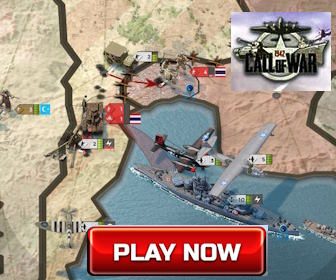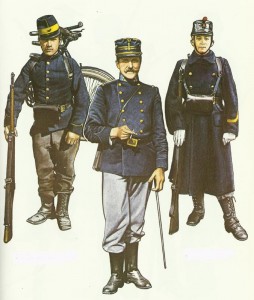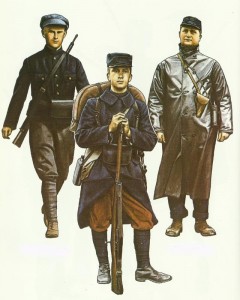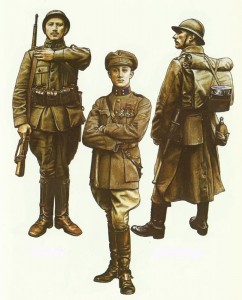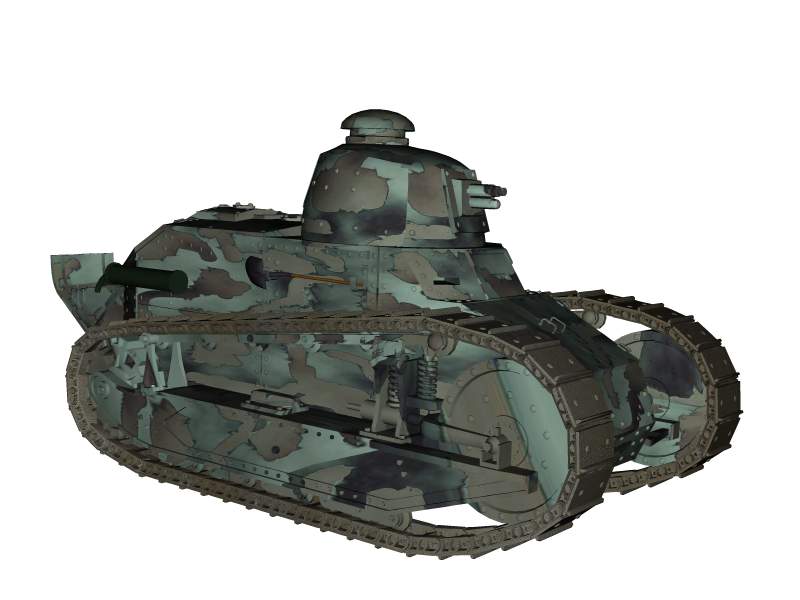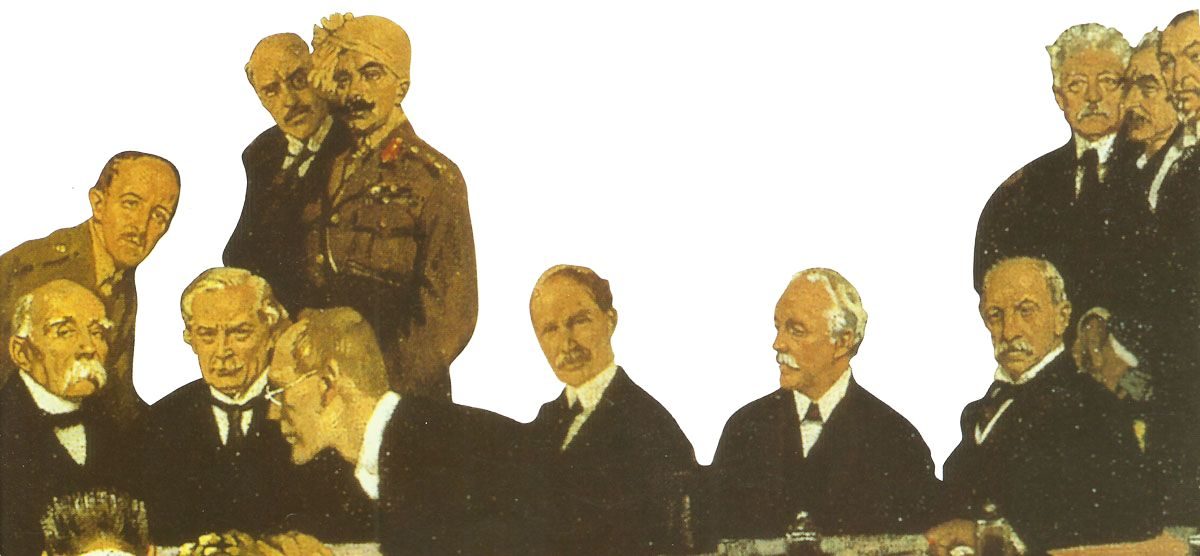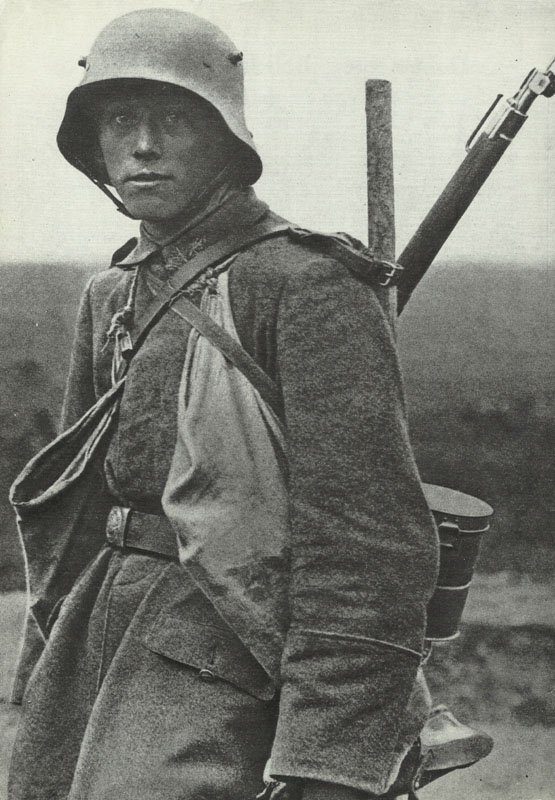Uniforms, strength, organization of the Army of Belgium from 1914 to 1918 in World War One.
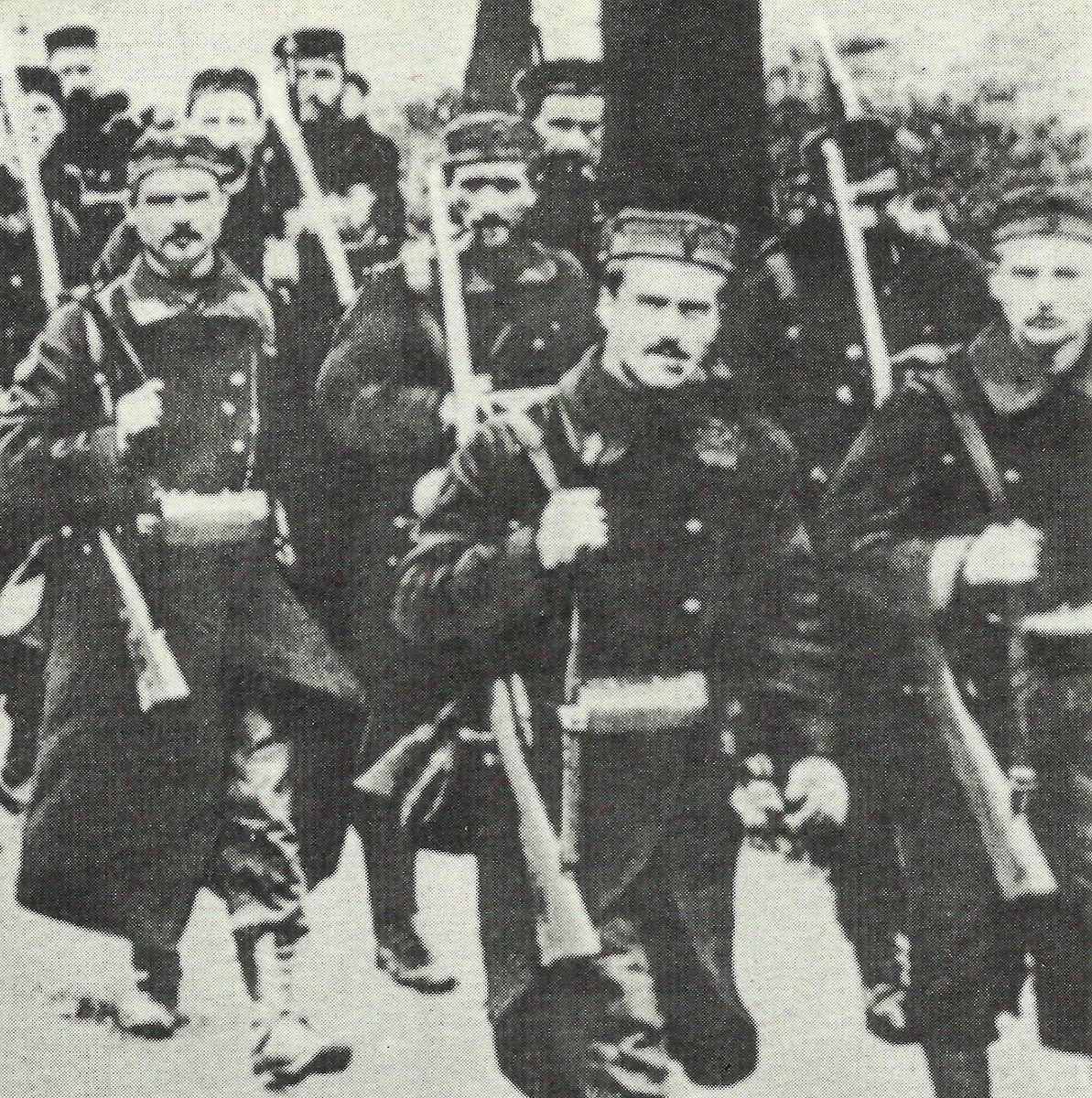
The Belgian Army in 1914, its changing uniforms until 1918 and casualties.
The Belgian Army in 1914
Table of Contents
Standing in the route of the main German push of 1914, Belgium set up a field army of 6 infantry divisions adding up to a number of 117,000 soldiers, and 3 fortress garrisons: Antwerp, Liege, and Namur. Due to the fact Belgium was neutral, 2 infantry divisions faced France, a single at Antwerp, Great Britain, just one at Liege, Germany, with the remainder in major reserve.
Counting on her neutrality, Belgium had ignored her military. Service in the Belgian army had been unpopular, exercising seriously restricted, spirits weak, the officer corps critically disunited.
The fortresses ended up outdated, upgrades intended in 1882 remained as not finished coupled with at this point been themselves surpassed by artillery development.
There seemed to be a single brilliant spot, however, King Albert, 39 years old, had been smart as well as heroic, and he had superb personal integrity. He didn’t command the military in peace times, however when World War One started he was required by the constitution to control the Belgian army.
Belgian Army uniforms
The typical campaign dress worn by officers is illustrated on the right picture. In place of the kepi officers also wore either their distinctive head-dress or the side cap. Both the double-breasted tunic and M.1863 Dolman were replaced in 1913 by a new pattern tunic, but they continued to be worn out. The M.1913 tunic was single-breasted with stand collar, passants, nine gilt metal buttons down the front, slanting slash breast pockets with rectangular flap and button, and slash side pockets cut on the curve with flap, round or pointed cuffs with a rectangular patch and three buttons on the outside, and dummy pockets at the back with two dummy flaps each with two buttons. The front and top edge of the collar, the front, cuffs and pocket flaps were piped in facing color.
The greatcoat was the peace-time model which was double-breasted with fall collar and two rows of five gilt metal buttons, side pockets with flap, half-belt and vent at the back both fastening with two buttons. Mounted officers wore an elbow-length cape. Breeches were gray blue with piping, stripe or Lampassen, and were worn with riding boots, ankle boots and leather gaiters or puttees.
Other ranks wore the uniforms illustrated again in the right picture.
Grenadiers wore a German pattern field cap with scarlet band and piping, while Carabinier cyclists wore the conical field cap illustrated right with chin strap and peak.
In the spring of 1915 the Belgian Army adopted khaki, not so much because it was the color of their choice, but because Britain could supply sufficient material. The officer’s uniform was closely modelled on the British pattern while the uniform of the other ranks resembled that of the French. Shortages of the correct Belgian pattern were made good from British and American stocks.
Breeches and trousers were piped for officers, while non-mounted other ranks had matching khaki pantaloons for wear with ankle boots and either leather anklets or puttees. Mounted personnel and cyclists had breeches and leather gaiters.
Towards the end of 1915 the French Adrian helmet with lion’s head on the front began to be issued to Belgian troops. In August 1918 the Italian Farina helmet and body arm our underwent tests but was never adopted. In December 1918, a Belgian-designed helmet, known after its designer Weekers, was put into limited production. It was unusual in that it had a visor, and a circular stamped metal cockade in the national colors on the left side.
At the beginning of the war infantry equipment consisted of a black leather waist belt from which was suspended a single cartridge pouch in front, and a bayonet and Linnemann entrenching tool on the left hip. A canvas haversack and cloth-covered aluminum water-bottle were suspended from the right shoulder. The pack had a cowhide flap on which was strapped the black painted aluminum mess-tin. In 1915 equipment began to be manufactured in brown leather, and a new leather waist belt with integral ammunition pouches began to be issued to mounted troops and cyclists. Towards the end of the war new web equipment began to be manufactured for the Belgian army in England.
BELGIUM (August 4, 1914 – November 11, 1918)
- Soldiers available on mobilization = 340,000
- Army strength during the war = 385,000
- KIA Military = 45,000
- Wounded Military = 45,000
- Civilian losses = 30,000
References and literature
Army Uniforms of World War I (Andrew Mollo, Pierre Turner)
History of World War I (AJP Taylos, S.L. Mayer)
Illustrierte Geschichte des Ersten Weltkriegs (Christian Zentner)
Der Erste Weltkrieg – Storia illustrata della Prima Guerra Mondiale (Hans Kaiser)



